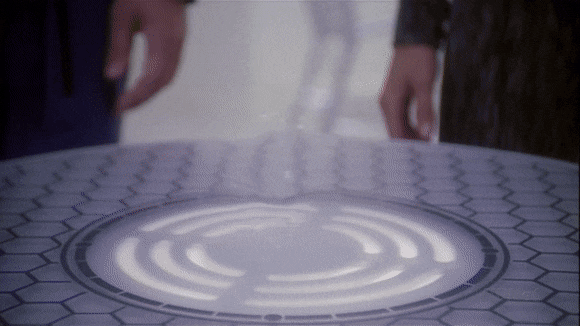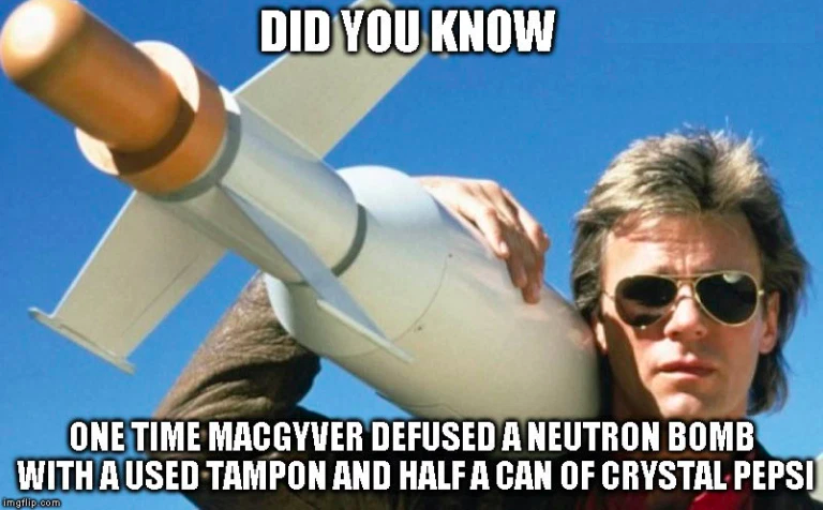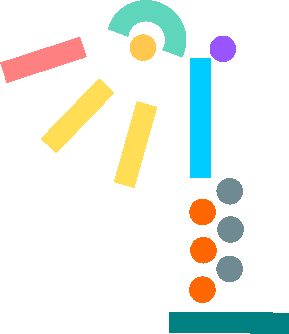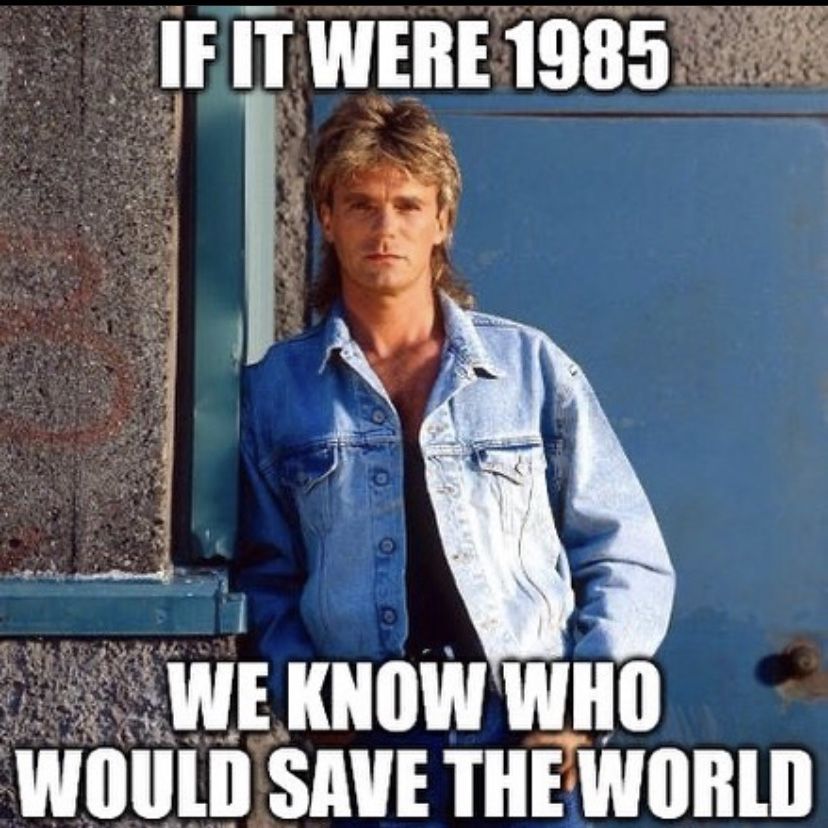Log
Link
opencircularity.info/Fi
[ o°]
*
Video Recording. This talk starts at 5:22
+
Hi,
I am Lars Zimmermann, designer, artist, activist and educator from Berlin. I run a studio for Open (Source) Circular Design called → Mifactori and I am happy about this invitation.
This talk is about “future impact” of open source hardware. Keep in mind that the future is unpredictable ;-). So this is just what I can imagine and hope to be the future impact of open source hardware.
Where to start? At the definition of open source hardware.
*
”Open Source Hardware …
is hardware whose design is made publicly available so that anyone can study, modify, distribute, make, and sell the design or hardware based on that design. The hardware’s source, the design from which it is made, is available in the preferred format for making modifications to it…”
*
↑ This is beautiful. It is about a society that is enabled legally and information wise to freely perform all kinds of educative, creative and productive actions with technical artifacts around us. You might see this as “democratization” of technology. It would make a great impact.
Let’s continue with the definition →
*
”… Ideally, open source hardware uses readily-available components and materials, standard processes, open infrastructure, unrestricted content, and open-source design tools to maximize the ability of individuals to make and use hardware.”
*
What is this? It talks about the design of the hardware itself. The first two sentences were about IP, documentation and source files. This is about how the designs are actually designed. Why is this important?
The difference between software and hardware is striking. Computers are the same everywhere in the world. The same basic general purpose machine. So you can download Open Source Software from the other side of the globe and start using it within minutes on your local machine. The computer it runs on is already built. The atoms that make the software come to live are already in front of you and properly arranged. With hardware it is different. You can only download the design files for a tractor. But the difficult and expensive part of sourcing parts and materials and putting them together is still ahead of you.
*
This is how ‘shipping’ software works, but not hardware.
*
If you want to leverage for open source hardware some of the things that are great about open source software you need to find a way to make it as easy as possible to create a physical copy of a design object everywhere.
This is the reason digital manufacturing like 3D printing, laser cutting and CNC milling goes well together with open hardware. But standard parts and methods, the usage of available tools and simple designs help a lot with this too, (which is why the definition asks for this ↑) . Open Hardware needs to be designed for the open! And needs to be designed to be easy to make.
So future impact?
When we have designs that are easier to understand and that educate and support us to work with them creatively we would all become versions of MacGywer.
And the key to MacGywer is → he survived! Because he was able to creatively work with his immediate surroundings he was enabled to survive the challenges his opponents had put in front of him. And we all face mighty opponents! → Climate change, biodiversity collapse and resource depletion.
*
surviving
Climate Change?
Which city is smarter? The „smart city“ with street lights that are technically sophisticated and networked? Or the city with open documented, accessible, easy to understand street lights? When a storm hits the city infrastructure – which lamps are easier to repair locally? When the coastline moves – which lamps are easier to dismantle, take away and put up in another region? Openness helps us to adapt!
2030 it’s all of us?
Future impact? If we get this done right – if we prepare our infrastructures and product and production cultures for these crises leveraging the methods and approaches of open source hardware … surviving might become easier.
Openness and resilience look like a great couple…
*
↓
I am convinced and a good part of my own work is dedicated to this – that Open Source can be used as an enabler for Circularity (Circular Economy & Circular Design).
*
”Circular Design
or Circular Economy wants to spread new actions in dealing with products and production. Established actions like manufacturing, retail, consumption and littering are supposed to be joined by repair, reuse, repurposing and recycling. The more accessible these ”new” actions are, the easier and more likely they become.”
*
↑ Look at this. Circularity or sustainability in general is also about (new/different/currently less common) actions with products!
And Circular Design can heavily benefit from the very same strategies the open source hardware definition just explained to us! Available and free documentation and simple designs made with standard parts and open tools will increase the chance that repair, reuse, repurposing and recycling actually happen.
So future impact of open source hardware? If we manage to get more on the road in the right way we will probably see a sustainable circular economy grow quicker than without open source hardware.
*
A
Means
to an end
I just presented you view points that present you open source hardware as a means to an end. As tools to achieve democratization, answer the consequences of climate change and enable circular design.
If you are interested in these things than open source hardware might be the right tool and path for you.
And this brings up the question. If we want to spread it and make it grow – then who to invite to the party? How should this project – OPENNEXT – proceed its path into the future?
I wrote an article about it and I’ll present it / summarize it for you in last minutes:
*
→ Activist Companies
*
(if you only read this go to the article the talk continued there.)
*
*
OK.
Thank you. Looking forward to the discussion. If you like to see/hear more from me, my colleagues and our work on simple → open circular design you can find me here:
The Open Circularity Newsletter ヽ(^.^)ノ
@mifactori on Twitch (Streams every Wednesday)
*
one more time the link to this page:
opencircularity.info/Fi
[ o°]
*
thanks



